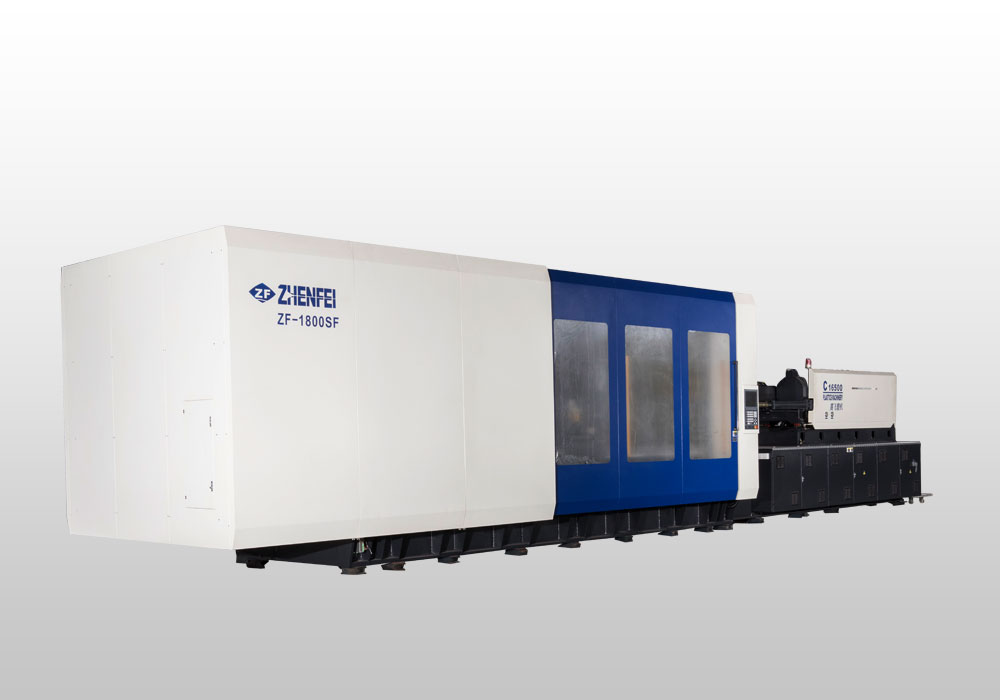Date:Feb 20, 2021
An injection molding machine, also called an injection machine, is a powerful industrial machine used for making plastic products out of various polymer materials by means of an injection molding method. It is one of the most popular machines in use today because it is very cost-effective. In fact, it is considered to be a business commodity that serves as a very effective alternative to raw material investment. It is widely used in manufacturing plastic items such as bumpers, tubs, and other plastic parts. In addition, it has also become a vital part of the manufacture of ceramic and thermoplastics. A fully automated machine would cost a lot more than conventional systems, thus increasing the profitability of a company wishing to automate its processes.
In an injection molding machine as it is commonly called, there are three major parts: the mold itself, the clamping device, and the motor. In the machine itself, the mold is put into a pre-heated chamber where cold air and pressure are applied to force the mold into the shape. In this way, the mold is not at risk of damage from heat. If the mold breaks due to thermal break downs, it can be easily repaired. Meanwhile, the clamping device which holds the mold during the operation is also a vital component.
The clamping unit or the head usually has an actuator or a clutch which allows the motor to move automatically in order to force the mold in the desired position. On the other hand, the clamps on the front of the mold are called as rotors. These clamping units have either a clockwise or a counter-clockwise rotary force. This force is usually directed towards the end of the mold for maximum efficiency.

After the operation is completed, a series of tests is conducted to check whether or not there are any damages and cavities in the mold. If there are no damages, the next step would be to install the clamping unit and clamps on the mold. At this stage, the machine acquires the clamping position by turning on its geared unit. This allows the mold's head to fall and enter the cavities. With this step, the two pieces of the mold are joined and there is now a transfer position. The mold's body enters the cavities after being pushed in one direction, while the screw closes off the head and prevents the material from entering or flowing out of the cavities.
Another important step in the process of this type of machine is the removal of the material. The parts, especially the hard rubber parts, must be removed to prevent the mixture from infecting other areas. The hard rubber is then inspected for any damages, cracks, or pits. After all the damaged parts have been discarded, the other main components of the injection molding machine can be installed and the cycle of the machine can start.
Finally, the cavities are lined up with the help of the clamping mechanism. The walls are melting using the injection pressure and then the cavities are filled with the melted plastic resins. Once the entire mold has cooled down, it can now be removed from the machine and removed from the location where it is placed. All the steps in the process of the Injection Molding Machine are carefully done to ensure the smooth functioning of the machine and that the material remains solid and durable.